The Eastern Republic of Uruguay is a small hospitable state in South America. The best time to visit this country is from January to April. Tourists from all over the world are attracted by the natural wealth and architectural heritage of Uruguay.
There are many resorts on the Uruguayan coast of the Atlantic Ocean, the most famous of which is Punta del Este. For connoisseurs of outdoor activities, the cities of Carmelo or Mercedes are suitable. Here you can go sea fishing, yachting or surfing. Fans of urban tourism will be interested to get acquainted with the architectural monuments of Colonia del Sacramento and the country's capital, Montevideo.
The unique island of Lobos, as well as the natural parks of Uruguay, will introduce tourists to their amazing flora and fauna. The local cuisine combines the culinary habits of Europeans and South Americans. Crown dishes of Uruguay are beef and pork meat cooked on grills. A kind of tea called “mate” is very popular here, which is drunk from special vessels through a straw. Uruguay also produces excellent wine.
What to see in Uruguay?
The most interesting and beautiful places, photos and a brief description.
- City of Montevideo
- Executive Tower
- Cathedral of Montevideo
- Rio Negro River (tributary of Uruguay)
- Palacio Salvo
- Solis Theater
- City of Colonia del Sacramento
- Independence Square, Montevideo
- Plaza de la Constitucion
- Estevez Palace
- Lobos Island
- Resort Punta del Este
- Centenario Stadium
- National Museum of Fine Arts
- Juan Manuel Blanes Fine Arts Museum
- Hand of Punta del Este
- Montevideo parliament building
- Cabo Polonio National Park
City of Montevideo
The capital of the state, the city of Montevideo, begins its turbulent history in 1726, when the Spaniards founded the fortress of the same name. The old part of the city, which was massively built up in the 18th - early 19th centuries, keeps interesting architectural monuments: the cathedral, the fortress, the theater, the parliament building and the New Town Hall. The chic suburb of Montevideo is visited by lovers of beach and resort holidays.
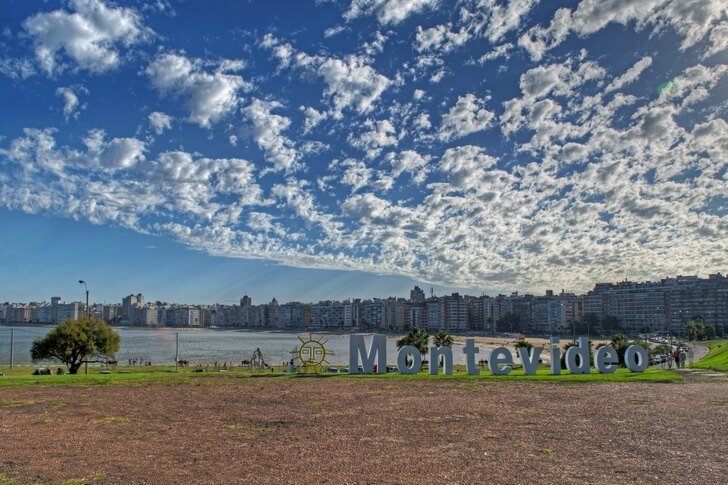
Address: City of Montevideo, Uruguay, Uruguay
Phone: +598 2916 1700
Opening hours: 08:00 - 18:00
Executive Tower
The official residence of the President of Uruguay is located on Independence Square in the country's capital. The construction of this structure with the original name: "Executive Tower" began in 1965, but turbulent historical events prevented the completion of the work on time. Only in 2009 the office of the president was moved to this building.
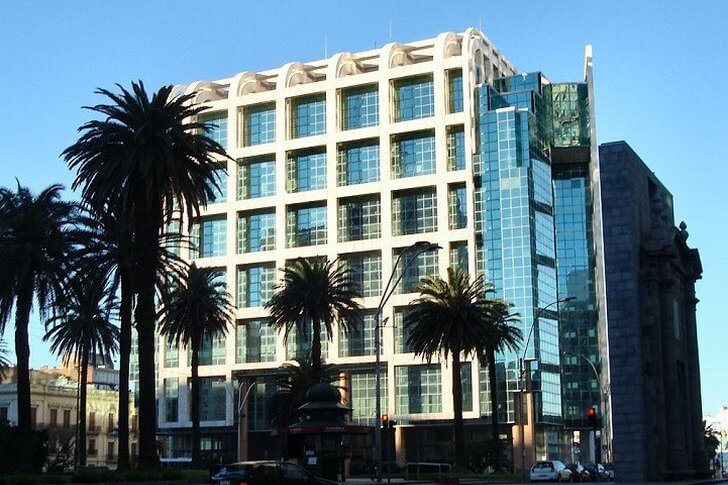
Address: Executive Tower, Uruguay, Uruguay
Opening hours: 08:00 - 20:00
Cathedral of Montevideo
In the historical part of Montevideo is the Cathedral of the Immaculate Conception of the Blessed Virgin Mary and Saints Philip and James, better known as the Cathedral. The foundation of the building was laid in 1790. Built in a neoclassical colonial style, the cathedral is now a National Historic Site in Uruguay.
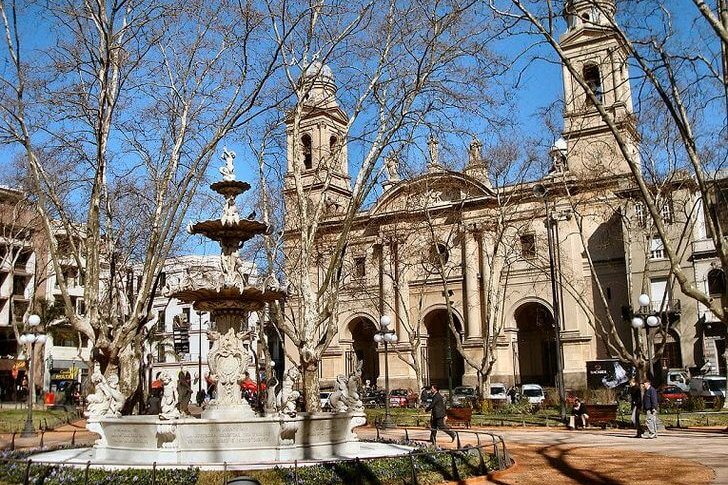
Address: Cathedral of Montevideo, Uruguay, Uruguay
Phone: +598 2411 9712
Opening hours: Monday to Sunday: 9:00 - 17:00
Rio Negro River (tributary of Uruguay)
A large river, originating in the south of Brazil, divides the territory of Uruguay into northern and southern parts. The Rio Negro is home to power plants and reservoirs, one of which, Rincon del Bonete, is considered the largest reservoir in South America.
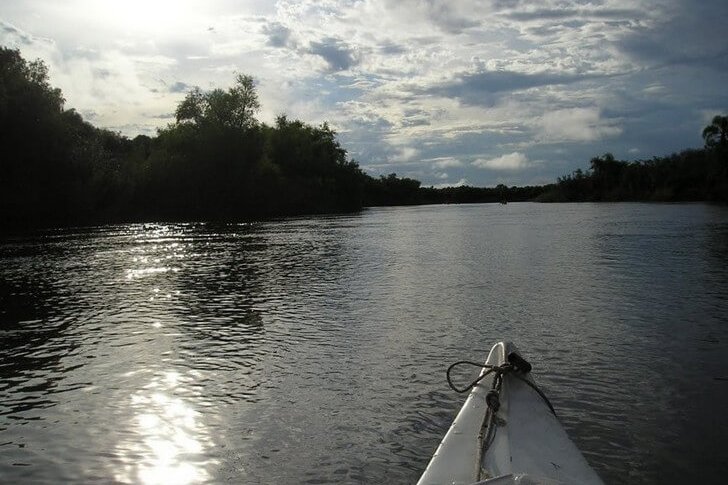
Address: Rio Negro River (tributary of Uruguay), Uruguay, Uruguay
Opening hours: Open 24 hours
Palacio Salvo
One of the main attractions of the capital of Uruguay is the Palacio Salvo skyscraper, built to order for the Salvo brothers based on the Divine Comedy by Dante Alighieri. Palacio Salvo combines Neo-Gothic, Art Deco eclecticism and Neoclassicism, and the structure and decoration of the building have direct references to the work of Alighieri.

Address: Palacio Salvo, Uruguay, Uruguay
Phone: +598 2401 3195
Opening hours: 09:00 - 18:00
Solis Theater
One of the oldest theaters in Uruguay, built in 1856, is the Solis Theatre. The theater building is located in the Old Town of Montevideo and is currently used for ballet and opera productions. The last reconstruction of the theater was carried out in order to preserve the classical style of the building and was completed in 2004.
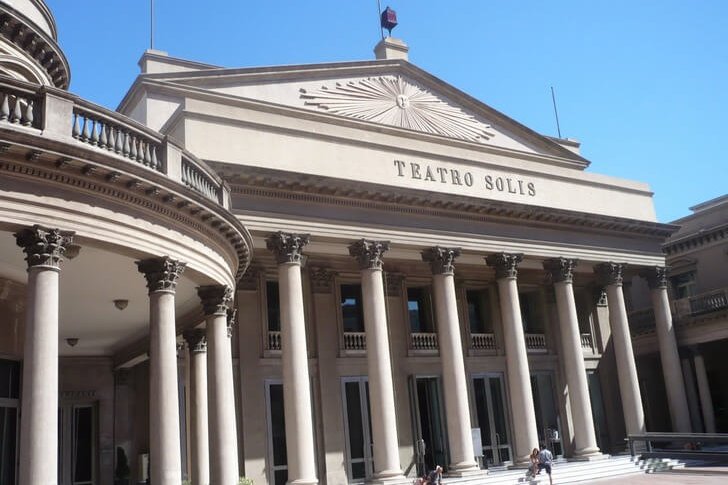
Address: Solis Theater, Uruguay, Uruguay
Opening hours: Lunes a Domingo: 10:00 - 22:00
City of Colonia del Sacramento
The Portuguese founded the city in 1680, but it was captured by the Spanish a few months later. Subsequently, Colonia del Sacramento changed hands many times. Today it is a popular tourist attraction, where lovers of archaeological sites come to see the historical part of the city.
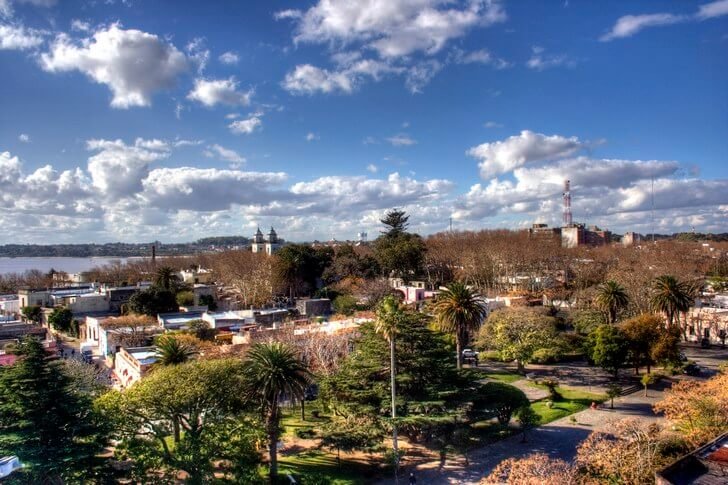
Address: City of Colonia del Sacramento, Uruguay, Uruguay
Opening hours: Monday to Sunday: 09:00 - 18:00
Independence Square, Montevideo
Independence Square is located between the Old and New Towns in Montevideo. In the very center of the square there is a monument to the famous figure of Uruguay, José Artigas, and a museum dedicated to his life. Also here you can see the Salvo Palace, the Solis Theater, the Estevez Palace, and the Executive Tower.
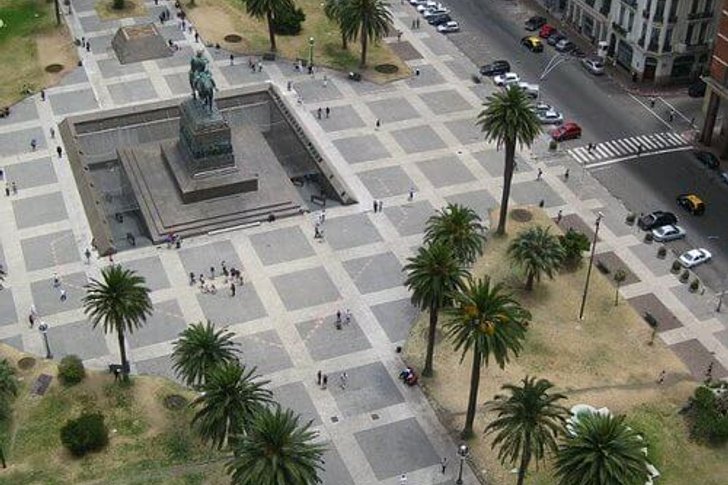
Address: Independence Square, Montevideo, Uruguay, Uruguay
Opening hours: 24/7
Plaza de la Constitucion
The center of the historical part of Montevideo is the Plaza de la Constitucion. Previously, this place was called Plaza Matriz and bullfights, fairs and various festive events were held here. The square got its current name in honor of the adoption of the Constitution of Uruguay in 1830. At the end of the 19th century, the Plaza de la Constitucion was decorated with a beautiful fountain.
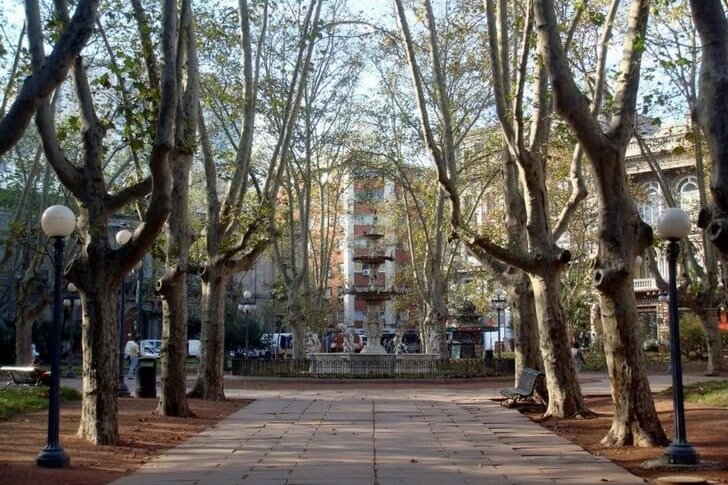
Address: Plaza de la Constitucion, Uruguay, Uruguay
Opening hours: 7:00 - 22:00
Estevez Palace
On Independence Square in the capital of the country is the Estevez Palace, built in 1873. Initially, this building belonged to Francisco Estevez, and in 1880 it was bought by the government of Uruguay. For a long time, the building was used as a presidential residence, then a museum of presidential gifts was created here, and since 2009, the remains of the national hero Jose Artigas have been kept in the Estevez Palace.
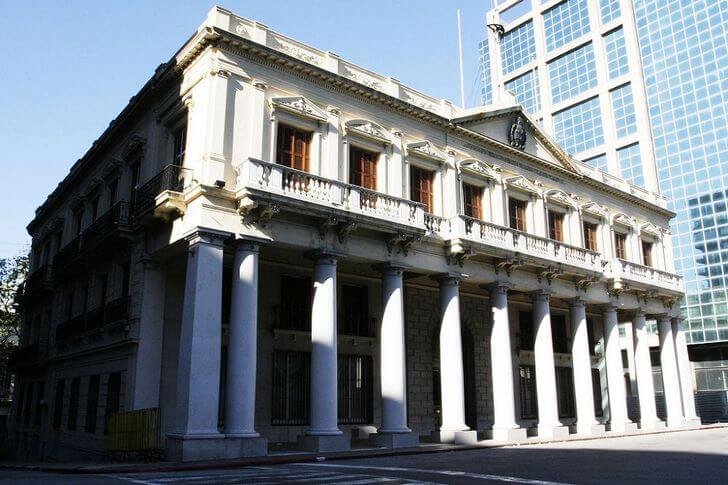
Address: Estevez Palace, Uruguay, Uruguay
Opening hours: Monday to Friday: 9:00 - 17:00, Saturday: 10:00 - 14:00, Sunday: Closed
Lobos Island
On the south coast of Uruguay is the unique island of Lobos, famous for its colony of southern sea lions. One-day excursions constantly run here, as well as surfers and diving enthusiasts come to practice. The territory of the island is considered a natural reserve of Uruguay.

Address: Lobos Island, Uruguay, Uruguay
Opening hours: 08:00 - 17:00
Resort Punta del Este
Founded in 1907, Punta del Este is one of the most picturesque places in Uruguay. Beach lovers, surfers and windsurfers rush here. The most popular places in Punta del Este - Montoya, El Tesoro, Bikini Beach - are distinguished by clear water and white sand. At night, tourists are entertained by clubs, discos and casinos.
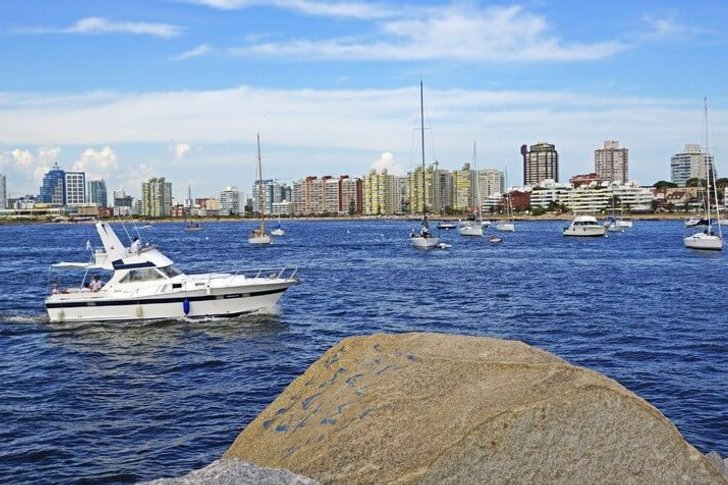
Address: Resort Punta del Este, Uruguay, Uruguay
Opening hours: 09:00 - 22:00
Centenario Stadium
The largest stadium in Uruguay is located in the capital city of Montevideo. It was built specifically for the 1930 championship. Today, the Centenario is used to host various international matches, including meetings in the South American Championship, the oldest international tournament that continues to this day.
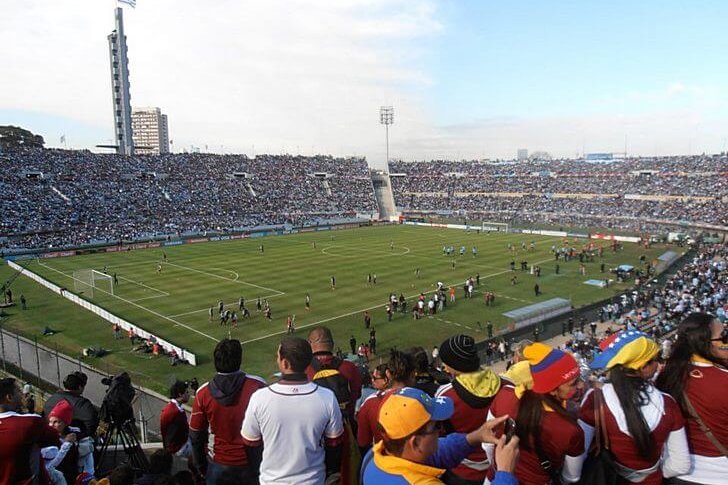
Address: Centenario Stadium, Uruguay, Uruguay
Phone: +598 2 480 1691
Opening hours: 09:00 - 18:00
National Museum of Fine Arts
Located in Montevideo, the National Museum of Fine Arts was established in 1911 and consists of five exhibition halls. The works of Uruguayan artists are widely represented here, as well as some works of foreign masters. In total, the museum's exposition includes more than 6 thousand works of art.
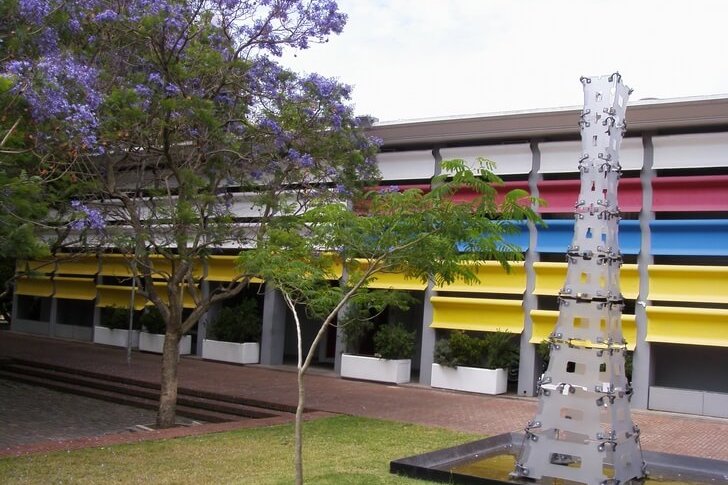
Address: National Museum of Fine Arts, Uruguay, Uruguay
Phone: +598 2915 1961
Opening hours: Tuesday to Sunday: 12:00 - 17:30
Juan Manuel Blanes Fine Arts Museum
In 1930, the Juan Manuel Blanes Museum of Fine Arts was founded in Montevideo's Prado Park. The building that houses the museum is the ornate Villa Palladio from 1870, which was declared a national architectural monument in 1975. The main exhibits of the museum are works of art by Uruguayan masters.
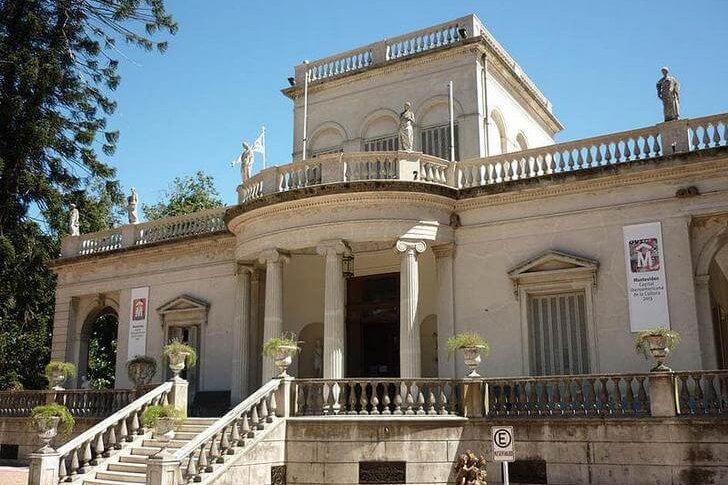
Address: Juan Manuel Blanes Fine Arts Museum, Uruguay, Uruguay
Phone: +598 2 480 3900
Opening hours: Tuesday to Sunday: 10:00 - 17:30
Hand of Punta del Este
The famous sculpture of Mario Irarrasabal appeared on the beach of Punta del Este in 1982 as part of an international meeting of contemporary sculptors. This original structure, as conceived by the author, should serve as a warning to swimmers resting nearby. The sculpture is made of cement and has a height of about 3 meters.
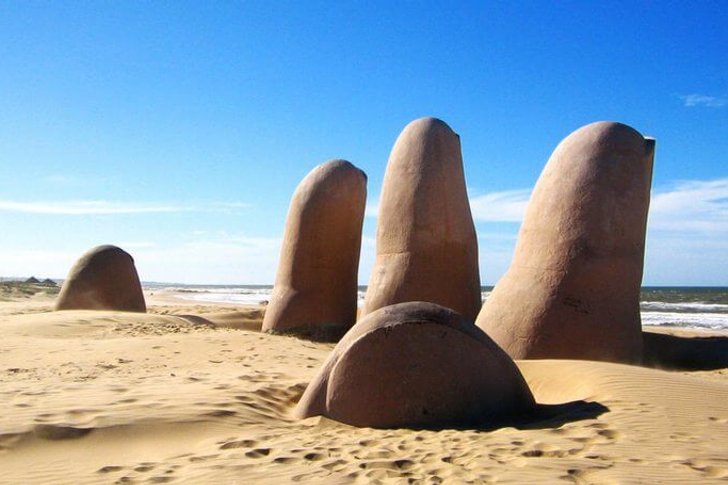
Address: Hand of Punta del Este, Uruguay, Uruguay
Opening hours: 09:00 - 19:00
Montevideo parliament building
In 1904, construction began on the building that houses the Parliament of Uruguay. The grand opening of the building took place in 1925, and in 1975 the parliament building was listed as a National Historic Monument. Today, most of the premises are available for inspection by everyone. Photo and video filming is also allowed in the parliament building.
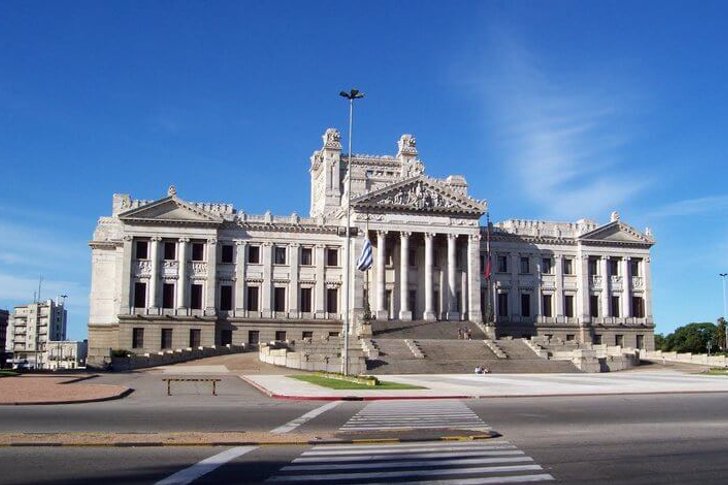
Address: Montevideo parliament building, Uruguay, Uruguay
Phone: +598 2400 7392
Opening hours: Monday to Friday: 9:00 - 17:00
Cabo Polonio National Park
A small fishing village gave its name to one of the national parks of Uruguay. Cabo Polonio Park includes marine and terrestrial ecosystems, as well as islands. Near the village you can see a colony of sea lions. Tourists usually move around the territory of the national park on foot or in a rented jeep.
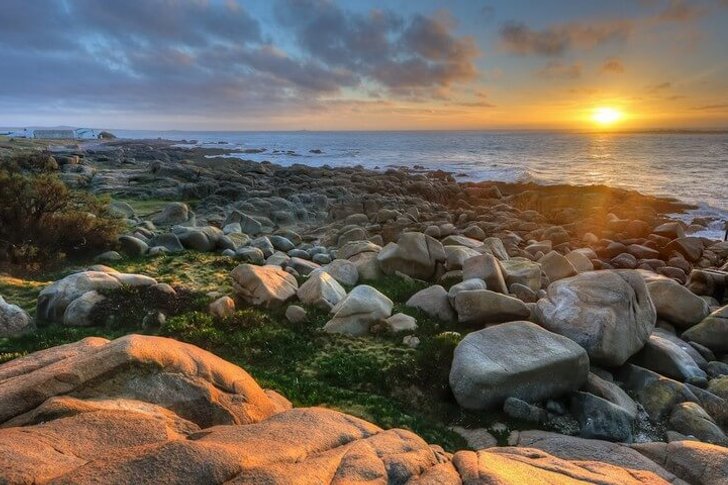
Address: Cabo Polonio National Park, Uruguay, Uruguay
Opening hours: 08:00 - 18:00
